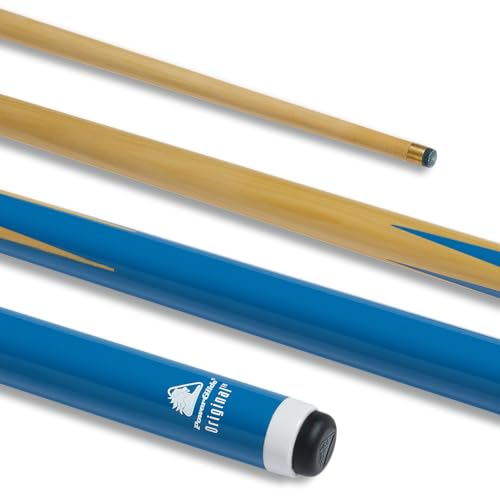Understanding the Basics of Chalking a Cue Stick
If you are new to the game of pool or billiards, you may be wondering how to properly chalk your cue stick. Chalking your cue stick is essential for improving your accuracy and control over the cue ball, but it’s not as simple as just rubbing some chalk on the tip of your cue. In this guide, we’ll cover the basics of chalking a cue stick, so you can start playing like a pro.
Choose the Right Chalk
Before you can even begin chalking your cue stick, you need to make sure you have the right kind of chalk. Not all chalks are created equal, and some are better suited for certain types of cues and playing styles. Generally, you want to look for a high-quality cue chalk that has a fine texture and provides a smooth, even coat on your cue tip. Some of the most popular brands of cue chalk include Blue Diamond, Master, and Silver Cup.
Apply the Chalk Correctly
Once you have the right type of chalk, it’s time to start applying it to your cue tip. To do this, hold the chalk firmly between your thumb and fingers, and gently rub the tip of your cue into the chalk. Be sure to rotate the cue as you apply the chalk, to ensure full coverage of the tip. Avoid applying too much pressure, as this can cause the chalk to flake off or create an uneven coating on your cue tip.
Chalk Often, but Not Too Often
When it comes to chalking your cue stick, there is a fine line between not chalking enough and over-chalking. Ideally, you want to chalk your cue tip before each shot to ensure maximum accuracy and control. However, you don’t want to chalk too frequently, as this can cause a buildup of chalk on your cue tip that can interfere with your shot. As a rule of thumb, aim to chalk your cue every two or three shots, or as needed based on the condition of your cue tip.
Maintain Your Cue Tip
Finally, it’s important to remember that chalking your cue stick is just one part of maintaining your cue tip. To ensure optimal performance, you should also regularly shape and scuff your cue tip to remove any uneven or worn areas. This can help to prevent miscues and maintain the accuracy of your shots. Additionally, be sure to store your cue stick in a dry, cool place to prevent warping or damage to the tip.






